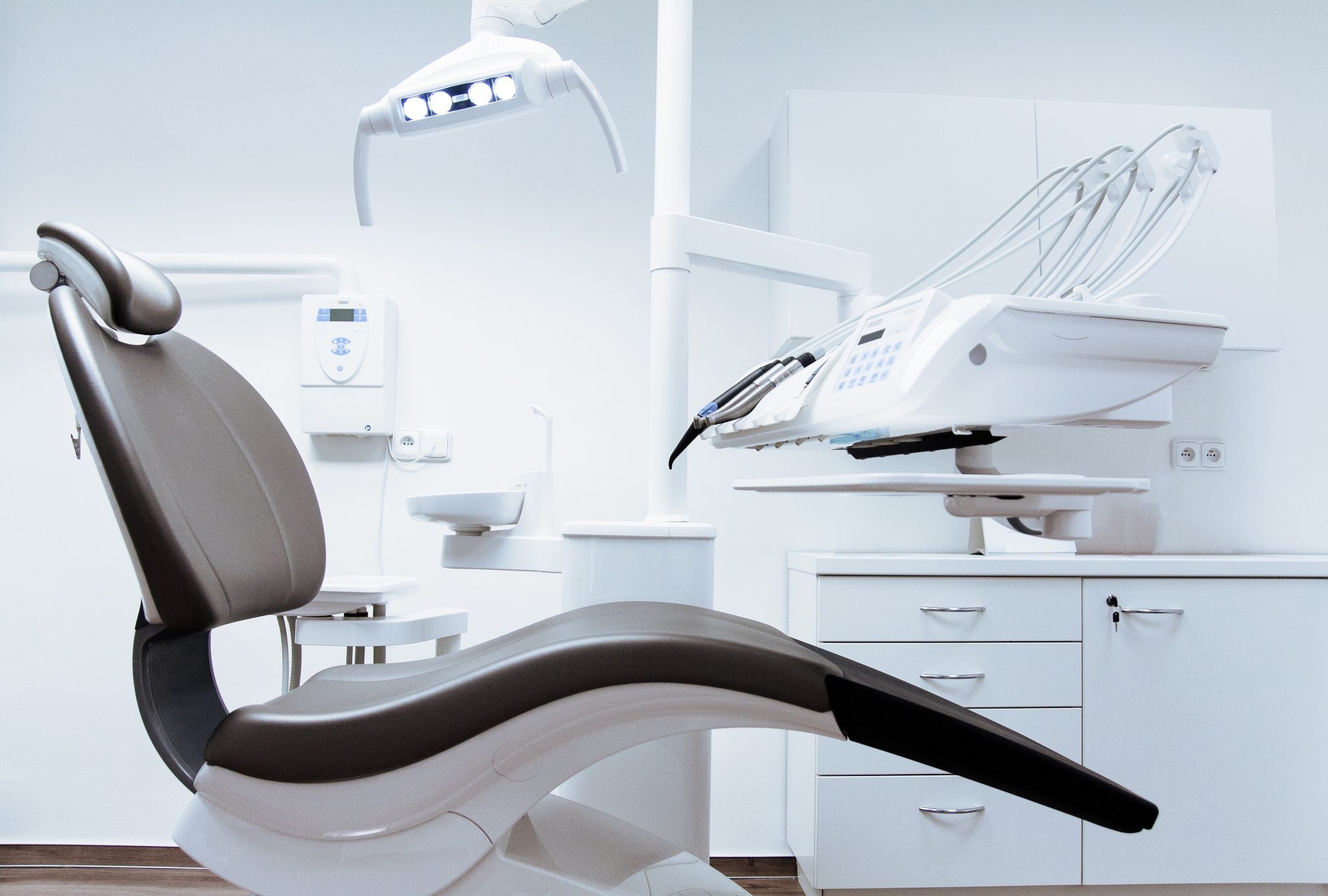
What Is Dental Bonding?
Dental bonding utilizes composite resin – the identical material employed for composite fillings – to sculpt a tooth. Teeth that have chips, cracks, or fractures can be reconstructed using composite resin through a procedure known as Bonded Restoration. This restoration process will bring the tooth back to its original condition and can endure for a significant period with regular maintenance. Dental bonding is also employed to improve the aesthetic charm of a smile by reshaping teeth, rectifying colour, and closing gaps, eliminating the necessity for veneers or orthodontic treatment.
How Does Dental bonding Compare To Other Alternatives?
There are numerous options accessible for the restoration of your teeth or the realization of your desired smile. The most suitable options for you will be determined by your individual requirements. We would be delighted to discuss all the options available to you, along with their advantages and disadvantages, during your appointment. This will enable you to make a well-informed decision. However, here are some advantages of dental bonding to consider:
Painless and Quick
Unlike fillings or dental veneers, dental bonding typically does not require extensive drilling to prepare the tooth for treatment. In fact, in most cases, very little, if any, of your natural tooth needs to be removed during the preparation stage. As a result, the bonding procedure is generally considered to be virtually painless.
Low Upfront Costs
More extensive procedures like dental veneers and orthodontics typically come with a higher cost. This is justified because these treatments involve personalized treatment plans of greater complexity, resulting in more significant and noticeable transformations. However, when it comes to minor changes to a few teeth, dental bonding offers a simple and cost-effective solution.
Great for Small Fixes
It is worth emphasizing that if you have substantial changes in mind for your smile, a more intricate treatment plan may be required, involving dental veneers, crowns, or orthodontics. These comprehensive approaches can effectively address significant dental concerns. However, when it comes to minor alterations, dental bonding remains the simplest and most straightforward solution available.
The Process of Dental Bonding
Regardless of whether you’re undergoing dental bonding for restorative purposes or purely for aesthetic reasons, the process remains consistent. Here’s what you can anticipate during your dental bonding appointment:
Preparing the Teeth
To begin, a dental matrix, a thin plastic film, is placed to protect the neighboring teeth. This film is inserted between your teeth, safeguarding the adjacent tooth from any preparation gel or composite resin. Following that, the dentist will meticulously clean and dry your tooth before applying a mildly acidic gel for a brief period. This gel creates a rough surface on the tooth, promoting the adherence of the bonding material.
Applying the Proper Resin
The acidic gel is then rinsed off, and the tooth is dried again before the application of the composite resin. The dentist will select a resin shade that closely matches the colour of your teeth to achieve a natural-looking result. The composite resin is applied in layers, and a special blue light is utilized to cure each layer individually, ensuring optimal strength and durability.
Finishing Up
Once your bite has been checked, the dental bonding procedure is complete. To add the final touch, the dentist will give your tooth a quick polish, leaving it looking beautiful and seamlessly natural. You may even find it difficult to distinguish the repaired tooth. We will make a note of this in your dental records, and during your future check-ups, the dentist will provide special attention to the bonded tooth, ensuring there is no wear or damage.
Cost of a dental bonding in Drayton
Dental bonding is used for such a wide variety of reasons that it is difficult to provide a ballpark estimate without learning more about your needs and examining your teeth. That being said, typically, it costs approximately $300 to $600 or more per tooth without insurance. Most insurance companies will cover dental bonding, especially if it’s needed to restore a broken or damaged tooth. With insurance, you can expect to pay somewhere around $60 to $120 out of pocket.
- How many teeth you need bonded.
- Whether or not any new x-rays are required.
- How much composite resin will be needed to complete the treatment.
- Where the teeth in question are located in your mouth.
- Your current overall oral health.
When we’re determining the cost of your dental bonding treatment we look at these important factors:
Remember, no dentist can give you an accurate quote over the phone. After an examination, we would love to provide you with an accurate quote in person so that you can find out your final costs and make an informed decision.
Contact us today
to schedule an initial consultation & exam.
Your consultation will include an examination of everything from your teeth, gums and soft tissues to the shape and condition of your bite. Generally, we want to see how your whole mouth looks and functions. Before we plan your treatment we want to know everything about the health and aesthetic of your smile, and, most importantly, what you want to achieve so we can help you get there.
Frequently Asked Questions
The lifespan of dental bonding can vary depending on factors such as the specific location of the bonding, your eating habits, and your overall oral hygiene routine. Generally, dental bonding can last between 4 to 10 years or even longer. During your routine dental exams, if your dentist observes any signs of wear and tear, additional composite resin can be applied to reinforce the strength of the dental bonding.
While dental bonding is not considered a permanent solution, it is highly durable and can last for over a decade with proper dental care, healthy eating habits, and regular check-ups. If your dental bonding starts to exhibit signs of wear and tear, it can be reinforced by applying additional layers of composite resin to maintain its strength and integrity.
Dental veneers and dental bonding are two distinct procedures offering different benefits. Dental veneers are a superior long-term option, particularly for patients seeking significant or dramatic smile transformations. They provide lasting results and can address various cosmetic concerns effectively. On the other hand, dental bonding has a shorter lifespan but is a more cost-efficient alternative, especially for minor changes. It requires less alteration of the natural tooth structure, making it a less invasive option.
Dental bonding carries minimal risks, as the natural tooth structure remains mostly intact beneath the bonding. While the bonding material itself may experience chipping or breakage over time, it can be easily repaired. One common concern voiced by patients is that dental bonding does not respond to teeth whitening treatments. To address this, you may choose to undergo teeth whitening before getting dental bonding or have the bonding replaced to match your natural teeth after a whitening procedure.
If you have concerns about the durability of dental bonding, it might be worth considering alternatives such as dental veneers or crowns. These options offer greater strength and longevity compared to bonding.






